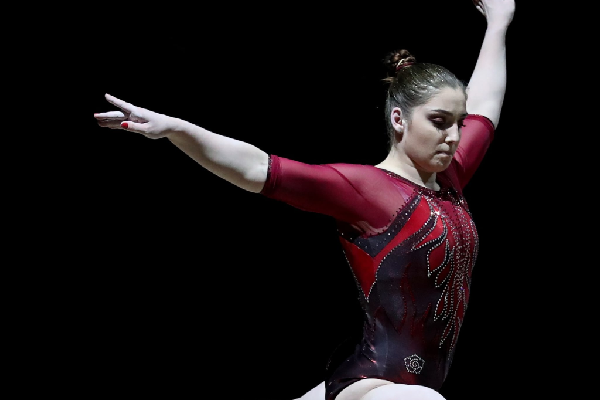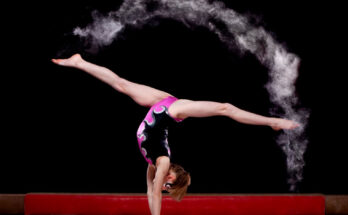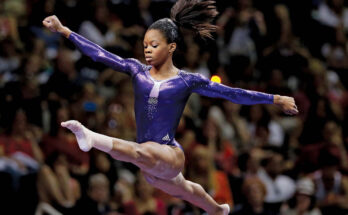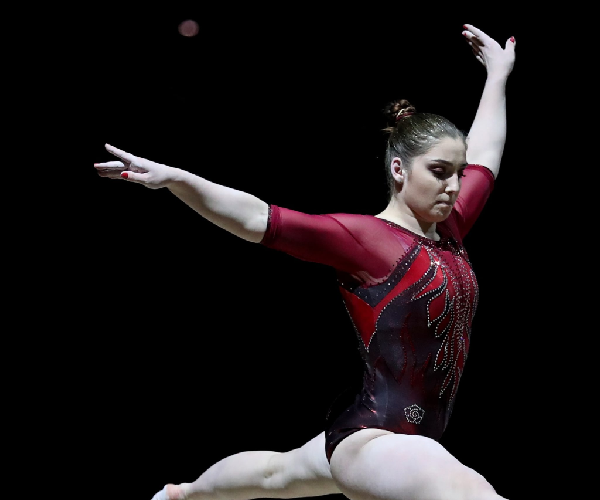
Gymnastics is indeed a sport that calls for a lot of strength, agility, and flexibility.
It normally takes a very long time to learn the talents. To participate at the top levels of men’s and women’s gymnastics, including local, college, national, and international competitions, athletes must train all year. Gymnasts who want to know about gymnastics definition and history, start the sport at a young age will help to develop the necessary athletic abilities via practice. Gymnasts who start the sport later in life may have to train their bodies before they can compete. The Upper torso and core muscle mass are crucial in men’s gymnastics saddle horse and ring events.
Gymnastics Instruction At An Early Age:
Gymnasts, especially girls, generally begin at a young age. Tumbling over mats and rope swings is part of beginner preschool programs. Beginner lessons cover basic maneuvers like the front roll, reverse wrap, back bend, cartwheel, bridge, and handstand. Sharp, competition program manager of Sports Center and Splack Diamond Gymnastics and in South Jordan, Utah, states in her Sport educational tool that such schooling encourages “air consciousness, to know what their physique is, what it does at all times.”
Getting A Competitive Advantage In Sports:
Gymnasts undergo preparation on apparatus like the bars and balance beam following mastering the fundamental movements and gaining flexibility. Children have an easier time moving from childhood to adulthood. According to Coach John Howard’s GymnasticsZone.com website, “extremely difficult gymnastic skills are more easily learned and much more acquired at an earlier age, say 8 to 11 yrs old.” “Younger gymnasts are also less afraid of executing gymnastic tasks and adapt to demanding training programs faster.” Gymnasts advancing to increased trade have increasingly difficult workout routines, which may be complemented by resistance training.
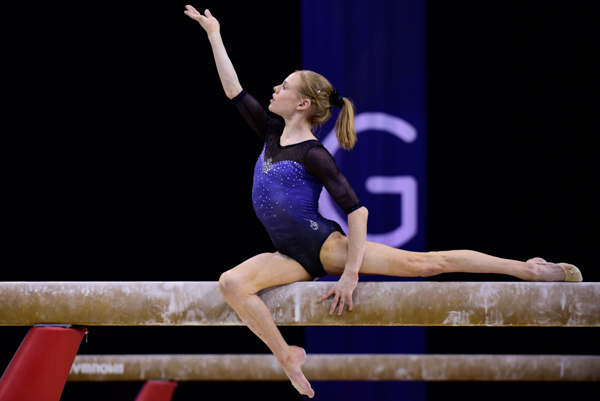
Requirements For Competitive Gymnastics:
Gymnasts who participate may train and compete several times a week. Elite gymnasts dedicate their entire life to their sport. “Long shifts, year-round engagement, frequent contest, pressure to improve skills, parents’ financial contribution, and social isolation can all contribute to over training, ‘burnout,’ and sorrowful at an early age,” the Academy Of pediatrics ( aap wrote in a pamphlet for parents and pediatricians.
Gymnastics And Physical Maturity:
Male gymnasts can gain the muscular strength required to master increasingly difficult feats such as the pommel horse and ring as their age physically. Female gymnasts’ weight may increase as they age, restricting their ability to accomplish high-flying acrobatics. They typically achieve their athletic peak at a much younger age. As per the American Academy of Pediatrics, female gymnasts are also at risk: “Eating disorders like bulimia and anorexia are common, but they are typically ignored or unrecognized due to its emphasis on thinness. The Female Athlete Triad, which involves poor eating, osteoporosis and menstrual dysfunction, is more common in gymnastics than other sports.”
Gymnastics Is Physically Demanding:
Gymnastics can be physically demanding. Therefore proper training is vital to avoid injury. Shoulder, elbow, wrist, foot, ankle, knee, and lower back disorders are common in competitive gymnasts. Gymnasts should make reasonable progress, avoid overload, and work under the supervision of a trained coach.

